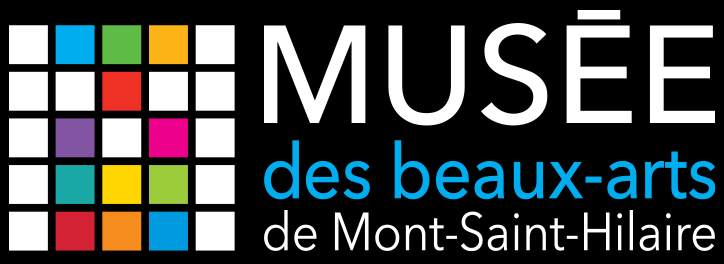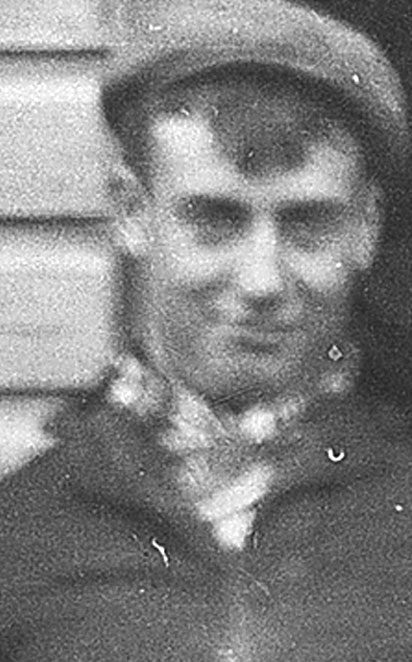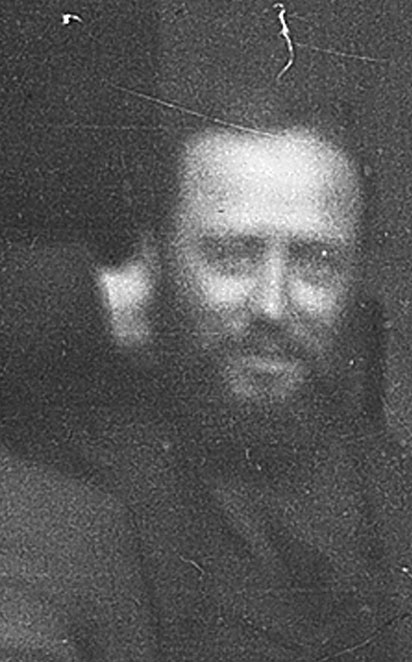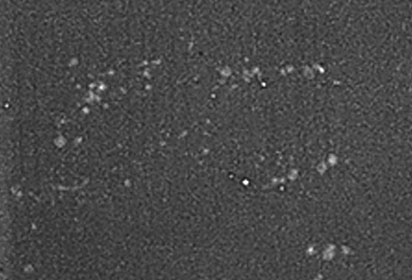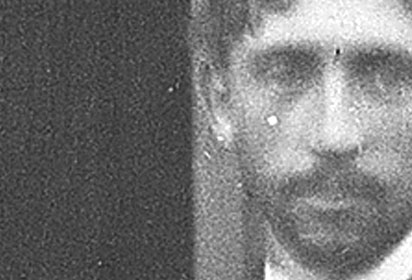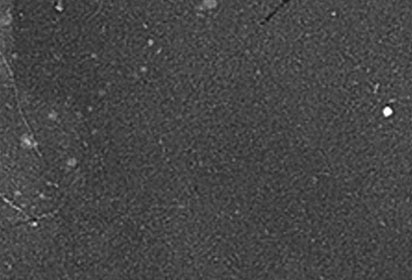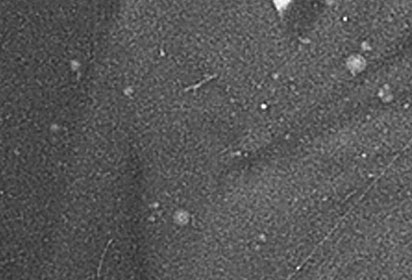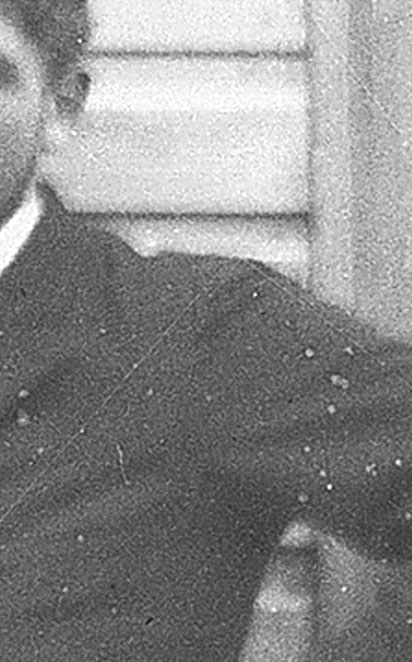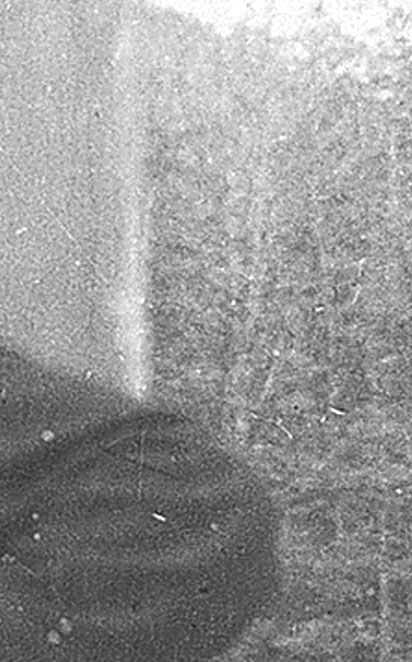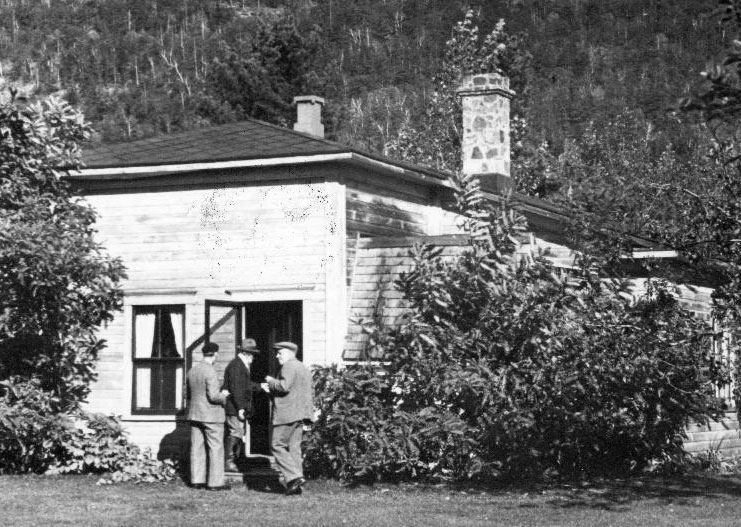A world of friendship and reflection
A world of friendship
Download in WebM format (4,5 Mb)
Download in MP4 format (3,9 Mb)
Encounters and creativity
Writers, painters, musicians and art lovers visit Correlieu, his house-studio, to meet and talk with the artist himself. Leduc's friendship with these visitors is reflected in the portraits he paints of them.
While some of his portraits highlight the iconic and solemn side of their subject's social status, other paintings bear witness to the artist's friendships and allow us to better understand his personal world as well as his relationship with others. Through these portraits, Leduc takes the opportunity to express himself freely, which allows him to better capture the uniqueness and true personality of his subject.
During the 1940s and 1950s, Ozias Leduc welcomes to Correlieu young modern artists such as Paul-Émile Borduas, Jean-Paul Riopelle, Fernand Leduc, Françoise Sullivan, Ulysse Comtois and Noël Lajoie.
Although curious about modern artistic theories, he doesn't agree with any of them, favoring instead the development of his own formal approach.
What matters to the artist is above all the expression of one's spirit rather than the appearance of a subject. Leduc wants to leave a deep impression on the viewer by representing the meaning of what he paints rather than describing it visually.
One of the great qualities of Leduc's work is undoubtedly its poetry. His work becomes intensely expressive by combining simplicity of form, radiance and technical dexterity.
Correlieu's neighborhood
In addition to intellectuals from Montreal, Leduc welcomes to Correlieu his fellow citizens. These meetings on occasion give rise to collaborative projects.
Leduc produced, among other things, a series of illustrations for Ernest Choquette's stories Claude Paysan (1899) and Carabinades (1900). These inspired Leduc to create around fifteen charcoals drawings based on the author’s work.
This type of collaboration enables Leduc to explore new creative outlets. The artist's rural environment, the mountain and the village of Saint-Hilaire itself are used as a visual framework to illustrate the stories. The drawings become imbued with the atmosphere and light that are characteristic of his paintings.
